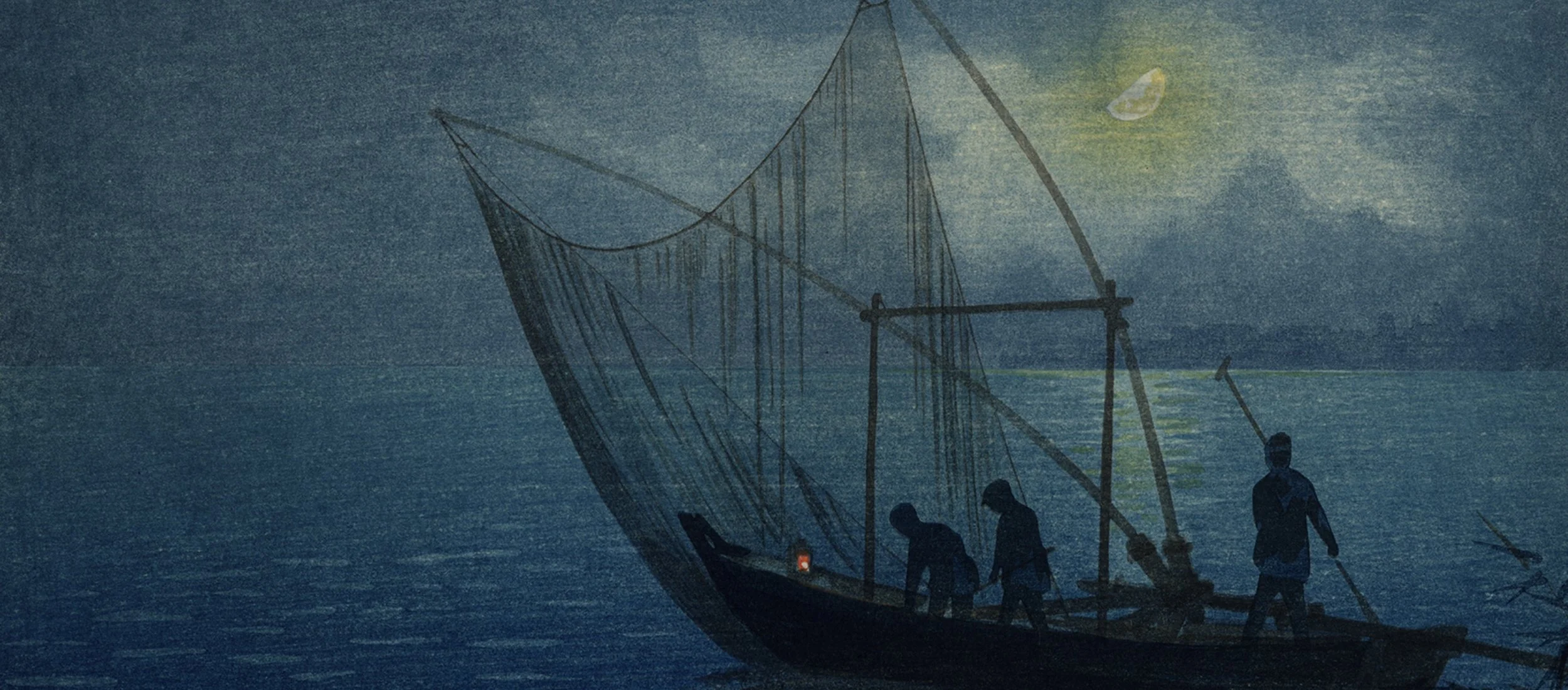T. KOITSU
COLLECTING JAPANESE PRINTS FEATURED SHIN HANGA ARTISTTsuchiya Koitsu
1870 - 1949
Tsuchiya Koitsu (born Koichi) was a Meiji-Showa period shin hanga artist born in 1879 in Hamamatsu city, Shizuoka Prefecture. At the age of fifteen, Tsuchiya moved to Tokyo to study under Matsuzaki, a woodblock carver for the prominent Meiji print artist Kobayashi Kiyochika. After publishing a series of prints during the Sino-Japanese (1894–1895), Tsuchiya became a pupil of Kiyochika and served as a household member for the next nineteen years.
After Kiyochika passed away in 1915, Koitsu worked as a lithographer for the next sixteen years until meeting publisher Watanabe Shozaburo at a memorial exhibition in 1931. The two agreed on a mutual collaboration, and the following year Tsuchiya designed a landscape series published by Watanabe, Kawaguchi, and Doi. His prints, like those of Kiyochika, are characterized by their dramatic use of light, seen in Cherry Blossom Viewing in the Evening at Gion (c. 1931). Tsuchiya's masterful manipulation of light, reflected in the glow of street lamps and figures in the foreground lighted by lanterns, adds to the leisurely ambiance of the ancient capital. Following his artistic debut, Tsuchiya worked for publisher Doi Sadaichi from 1933–1945 and designed the series Nihon Fukei-Shu (Collected Scenes of Japan), borrowing compositional elements of Kawase Hasui. Omi Hakkei, produced for Watanabe from 1934 to 1935, further borrows from Ito Shinsui, seen in the comparison between Evening Scene at Ishiyama Temple, 1917, and Autumn Moon at Ishiyama Temple, 1933. Autumn Moon at Ishiyama Temple, however, offers a slightly different perspective with added figures, exemplifying a more technical aspect of the creative process.
Similarly, Tsuchiya's Akashi Beach,1934, harkens back to the ukiyo-e tradition, inspired by Hiroshige's Moon Pine, Ueno Precinct from the Meisho Edo Hyakkei (One Hundred Famous Views of Edo) series published between 1856 and 59. Tsuchiya thus fused meisho, or "famous places," with the ukiyo-e genre to create new meisho that combined power of place, prestige, and sparks of artistic creativity. Tsuchiya continued to produce shin hanga throughout the Pacific War until his death in 1949 at the age of seventy.




